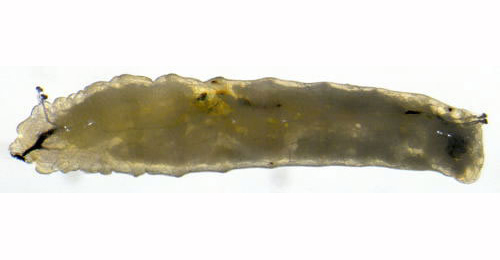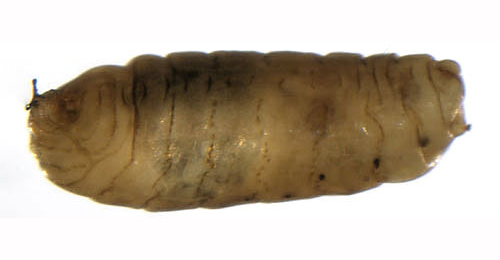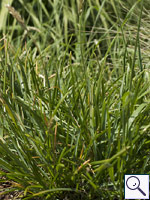|
||||||
|
SESLERIA. Blue Moor-grass. [Poaceae] |
|
|
Only one species of Sesleria, the native Blue Moor-grass (S. caerulae), is recorded in Britain. Four British miners are recorded on Sesleria. Nearly 100 British miners or possible miners are recorded on grasses in Britain. A key to the European miners recorded on Sesleria is provided in Bladmineerders van Europa. It is recommended that adults of all miners on grasses be reared to be certain of their identity. |
|
|
Key for the identification of the known mines of British |
1# > Leaf-miner: Details unknown. |
|
Chromatomyia opacella (Hendel, 1935) [Diptera: Agromyzidae]. |
1a > Leaf-miner: Tufted hair-grass and blue moor-grass are the main foodplants, the larvae forming gallery mines. Gradually widening corridor, running either upwards or down. All frass is deposited in the earliest part of the mine. Often 2-3 larvae in a mine; in grasses with broad leaves sometimes more than one mine in a leaf. |
|
Elachista adscitella Stainton, 1851 [Lepidoptera: Elachistidae]. |
1b > Leaf-miner: Mine generally descending from the leaf tip. The mine may occupy the space between leaf margin and midrib, but may also occupy the entire width of the leaf. Most frass accumulated in the oldest part of the mine. Pupation external; the pupa is attached to the leaf without a cocoon. Larval head and prothoracic shield dark brown, ody yellowish white, with a pair of orange red latero-dorsal length lines; ventrally another such line, medially. |
|
Elachista cinereopunctella (Haworth, 1828) [Lepidoptera: Elachistidae]. |
| 1c > Leaf-miner: Narrow whitish mine, with frass in distinct black lumps. Pupation internal |
|
Chromatomyia fuscula (Zetterstedt, 1838) [Diptera: Agromyzidae]. |
ld > Leaf-miner: Long, narrow, whitish mine. Pupation internal (Spencer, 1976: 453); anterior spiracles projecting through the epidermis. Whitish, upper-surface, rather narrow corridor with comparatively large frass grains that are laying further apart than their diameter. Pupation within the mine. The anterior spiracles of the orange-brown puparium penetrate the epidermis. |
 Chromatomyia nigra larva, lateral Image: © Willem Ellis (Bladmineerders van Europa) |
 Chromatomyia nigra pupa, lateral Image: © Willem Ellis (Bladmineerders van Europa) |
|
Chromatomyia nigra (Meigen, 1830) [Diptera: Agromyzidae]. |
| Last updated 07-Jul-2019 Brian Pitkin | ||

